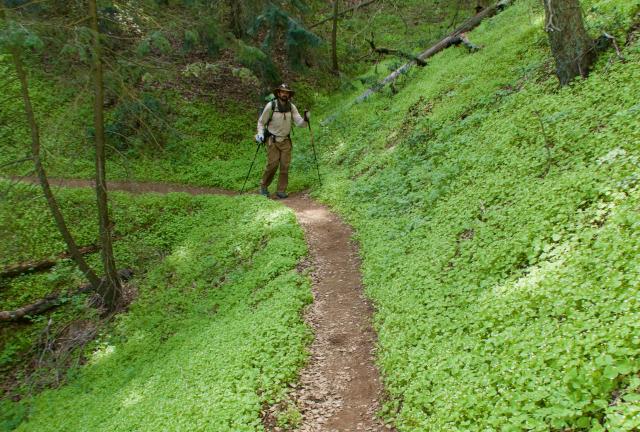Though I had been backpacking since I was 11 years old, I had never walked a long-distance trail until I thru-hiked the Appalachian Trail. With that hike came several new experiences.
Until then, I had never walked into a town to resupply. I had also never stayed in a hostel. After the first time, those experiences became second nature. No big deal.
Passing by a major mile marker is something different. No matter how many times I've done it, it still feels like an achievement.
The feeling I got passing mile 2,000 of the AT was just as special as reaching Albert Mountain, which marked the first 100 miles.










